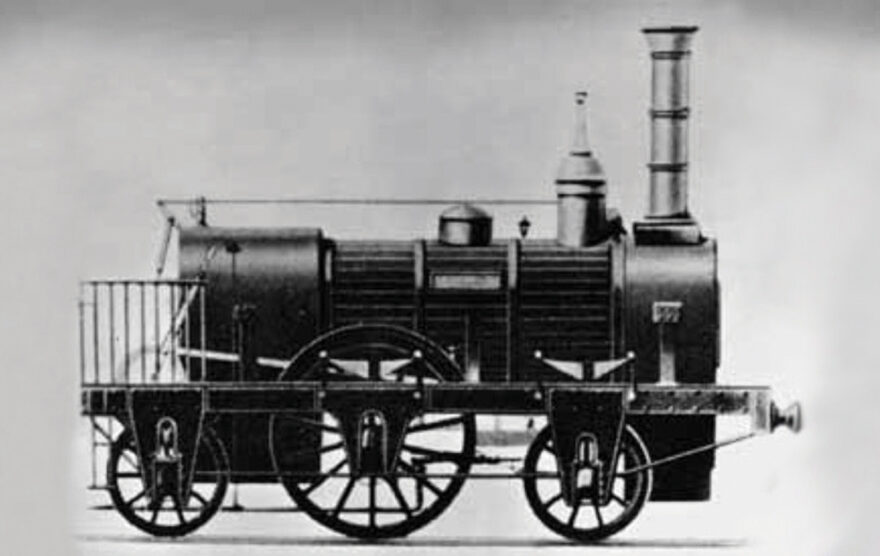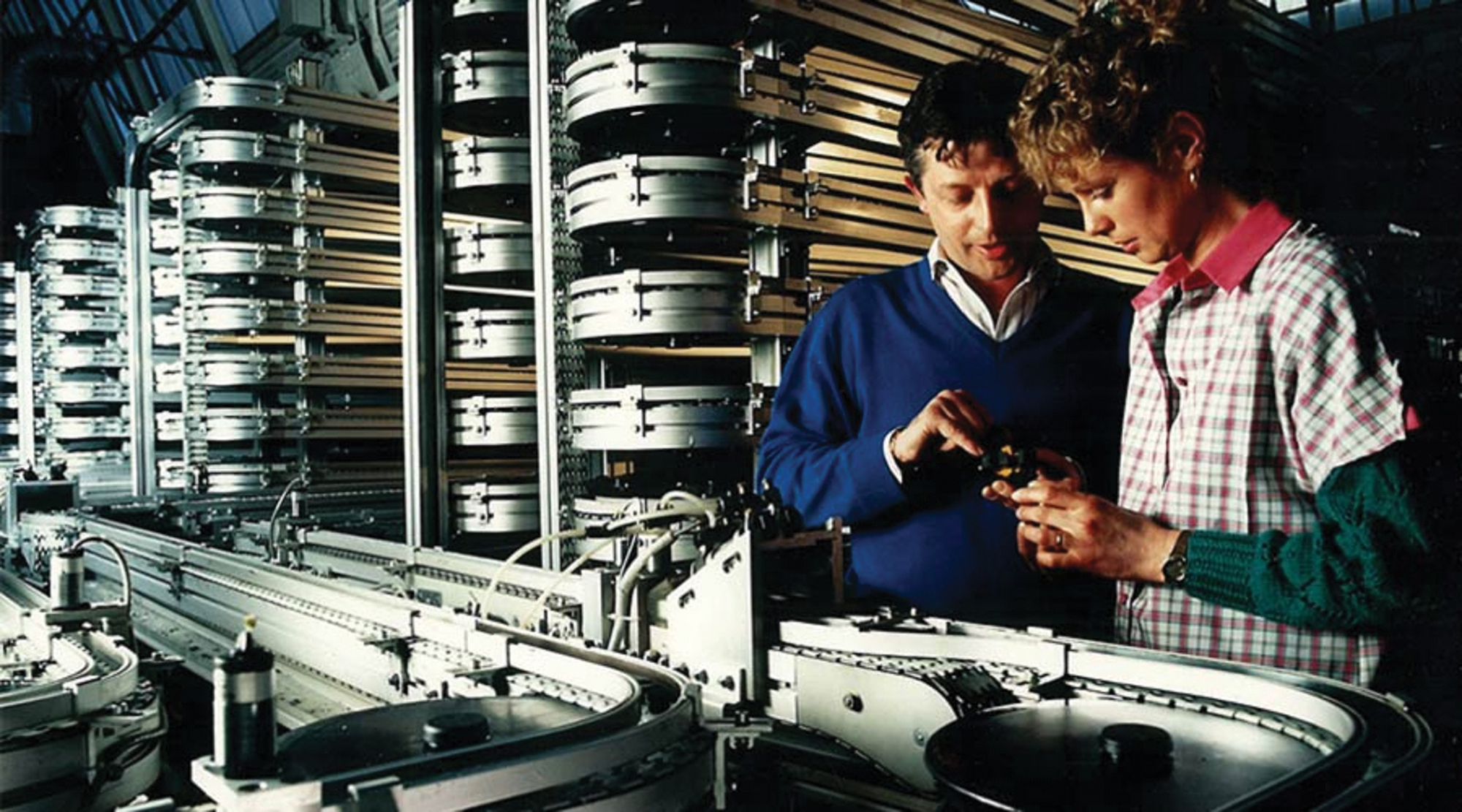188 years of history
From its early days as a steel and armaments manufacturer to its current status as a global leader in energy management and automation, Schneider Electric has a rich history of innovation and growth. The company’s strategic acquisitions and commitment to sustainability have been key drivers of its success, and its ongoing investments in digital transformation ensure that it remains at the forefront of the industry. As Schneider Electric continues to evolve, it is well-positioned to meet the challenges of the future and help create a more sustainable world.
Early Beginnings: The Schneider Brothers
Schneider Electric traces its roots back to 1836 when brothers Adolphe and Eugène Schneider acquired the Creusot foundries in the Burgundy region of France. They renamed the company Schneider & Cie and quickly transformed it into a major player in the steel and armaments industry. By the mid-19th century, Schneider & Cie was known for producing railway equipment and heavy machinery, which played a significant role in the industrialization of France and other parts of Europe.
Expansion and Diversification
The early 20th century saw Schneider & Cie expanding its operations beyond steel and armaments. The company began producing electrical equipment and became involved in the burgeoning electricity sector. This period marked the beginning of Schneider’s journey into becoming a leader in energy management and automation. During World War I, the company supplied materials for the war effort, which further solidified its position in heavy industry.
Post-War Growth and Technological Advancements
Following World War II, Schneider & Cie underwent significant restructuring led by Charles Schneider. The post-war era demanded new technologies and innovations, and Schneider responded by diversifying its product offerings. The company ventured into nuclear power, shipbuilding, and construction. In 1975, Schneider acquired 60% of Merlin Gerin, a prominent manufacturer of electrical distribution equipment founded in 1921. This acquisition marked Schneider’s significant move into the electrical industry, setting the stage for future growth, acquiring the balance of Merlin Gerin in 1992.
Strategic Acquisitions and Global Expansion
The latter half of the 20th century was characterized by strategic acquisitions that helped Schneider Electric solidify its position in the global market, even while stepping away from the steel and shipbuilding industries. In 1988, the company acquired Telemecanique, a leader in industrial control and automation. This acquisition significantly expanded Schneider’s capabilities in automation and control technologies.
In 1991, Schneider acquired Square D, a major North American manufacturer of electrical equipment. This acquisition was a pivotal moment, significantly expanding Schneider Electric’s footprint in the North American market. Then in 1999 the company was officially renamed from Groupe Schneider as Schneider Electric, reflecting its commitment to the electrical industry and amalgamating marketing of all acquired brand names under the one name.
Embracing Digital Transformation
The 21st century has seen Schneider Electric embrace digital transformation, positioning itself as a leader in energy management and automation. In the early 2000s, Schneider Electric acquired several companies specializing in software and services, including TAC (2003), a leader in building automation, and APC (2007), a global provider of critical power and cooling services.
In 2010, the acquisition of Areva T&D’s distribution activities further strengthened Schneider Electric’s offerings in smart grid technologies. This move was part of a broader strategy to address the growing demand for sustainable energy solutions and smart grid technologies.
Commitment to Sustainability and Innovation
In recent years, Schneider Electric has placed a strong emphasis on sustainability and innovation. The company has launched several initiatives aimed at promoting energy efficiency and sustainability. For example, Schneider Electric’s EcoStruxure platform integrates energy management and automation technologies to deliver enhanced efficiency and sustainability for businesses across various industries.
Schneider Electric has also committed to reducing its carbon footprint and helping its customers achieve their sustainability goals. The company has set ambitious targets for reducing greenhouse gas emissions and increasing the use of renewable energy in its operations.
Modern Era and Future Prospects
Today, Schneider Electric operates in over 100 countries and employs more than 135,000 people worldwide. It offers a wide range of products and services, including electrical distribution, industrial automation, and energy management solutions. The company’s focus on innovation and sustainability has positioned it as a leader in the global energy sector.
Schneider Electric continues to invest in digital technologies and sustainable solutions to address the challenges of the modern world. The company’s strategic acquisitions and partnerships have enabled it to stay ahead in a rapidly changing industry, and its commitment to sustainability ensures that it will continue to play a key role in shaping the future of energy management and automation.
History of PDL
Plastic & Die Casting Ltd was founded in 1937 in Christchurch, New Zealand. The business was purchased by Bob Stewart in 1957 and renamed PDL Industries Ltd. It was Sir Robertson Stewart’s vision and energy that saw PDL grow and thrive in the succeeding decades.
Within 60 years, the business grew from 12 staff and sales of NZD5000 per annum to 2000 staff and NZD350m sales across 3 continents. This success was founded strongly on people and product. Combining a ‘can do’ attitude with pioneering innovation and excellence of quality in electrical products was a winning formula nearly 70 years ago, and it remains so today.
In 2001, Schneider Electric acquired PDL Holdings recognising its strengths and desiring to build on them. Then in 2003 Clipsal joined the Schneider family to strengthen the Australian and Asia Pacific electrical accessories market. Today, Schneider Electric’s commitment to New Zealand is a multi-billion dollar investment with staff and factories around the world, and research and development centres in 25 countries.



